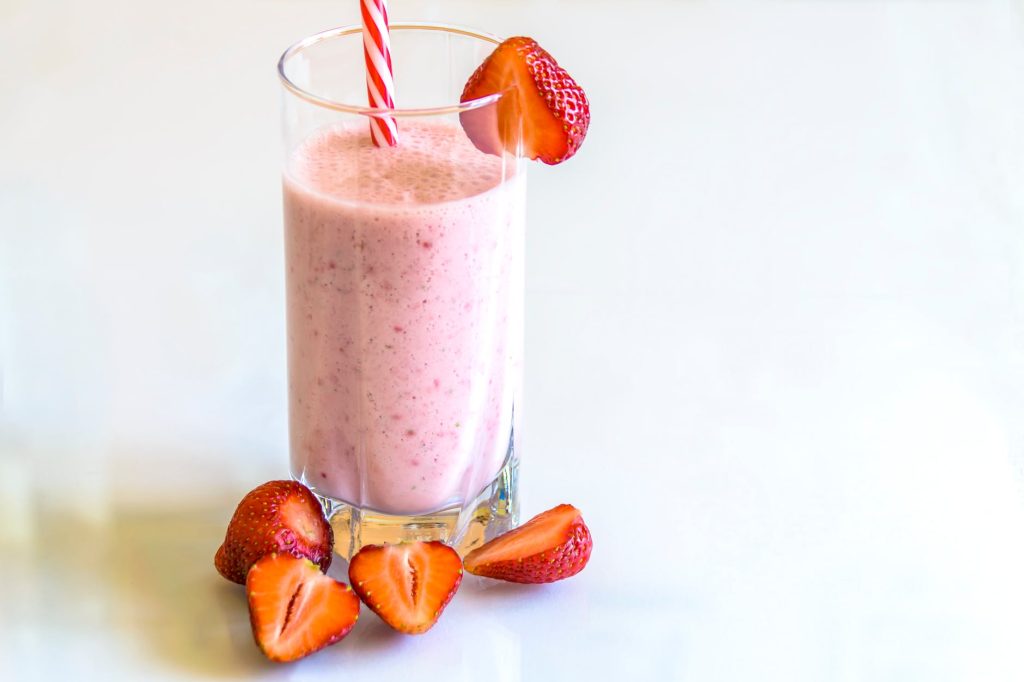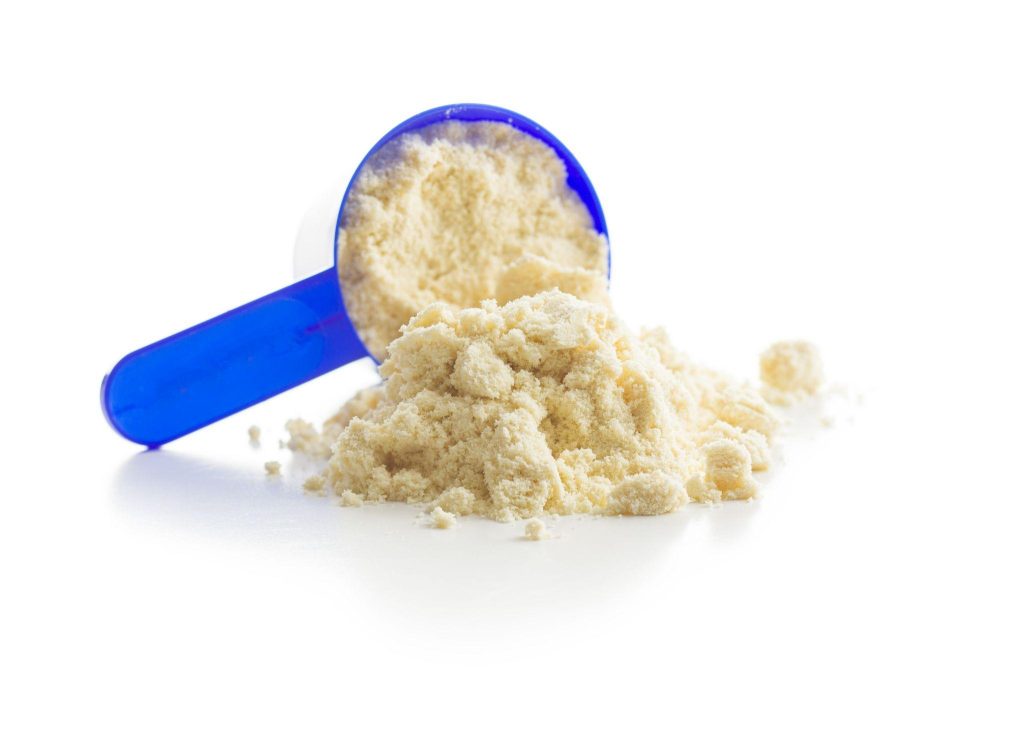Love. Joy. Pain. Taxes. Car insurance. These are all things each of us experiences or faces at some point in life. Sometimes, you just want to get away and blow off some steam with a nice workout. After an intense workout, there’s nothing quite like hitting the recovery hard. To let your muscles do their thing, you need a protein infusion that can help repair those tiny tears you made in the muscle fibers while working out. A great way to get that quick bit of extra protein is with a protein shake made from the best protein powders available today. If shakes aren’t your speed, you can always sprinkle some protein powder over your oatmeal, put it in a smoothie, or mix it in with some other foods. It’s such a versatile supplement, it can be incorporated into many of your favorite foods. Here are five types of protein powders that can take your recovery to the next level.
Whey Protein
The gold standard for protein powders, whey protein, is sometimes just what you need to recover from a tough workout. It’s such a popular choice that it comes in a wide range of flavors. Chocolate, vanilla, coffee/cappuccino, and more flavors are almost always available. Whey protein is variegated and diverse. There are three different types: concentrate, protein isolate, and protein hydrolysate. Concentrate whey protein has the fat and sugar from the milk contained within it, while isolate is the complete opposite. Hydrolysate is processed to break down some of the protein from the substance into its amino acids so they can be absorbed faster. Serving sizes fluctuate based on the individual. Whey protein can help build lean muscle and recover muscle fibers between workouts. For lactose-intolerant folks, however, whey protein will still have the same effects as drinking milk. Some people might experience a bit of bloating or flatulence after using whey protein. It’s a time-tested, tried, and true workout supplement, though. Sprinkle some whey in a smoothie or post-workout shake and enjoy the muscle-building effects it offers. There’s also some debate on whether you should take it pre-workout or post-workout. According to some experts, it’s best to do it after a workout because the blood flows to skeletal muscles increases and opens up the muscles so they’re ready to absorb some tasty nutrients.
Pea Protein
A great man once said, “all we are saying is give peas a chance.” Okay, maybe it was an episode of an old TV show. Either way, pea protein is a viable alternative to dairy-based protein. Unlike those types of proteins, it is derived from yellow peas. This gives it just as much of a punch as other protein while being a little easier on the stomachs of those of us who aren’t exactly into dairy. Pea protein is a plant protein, so it lacks all of the amino acids found in dairy and meat products. But that shouldn’t be a deal breaker. It’s still great for helping you recover and, when supplemented with other protein sources, can really make you feel good and full at the end of the day. Trying out some pea protein in your workout is certainly something you should consider at least once in a while.
High Gain Protein Blends
The merging of whey, enzymes, probiotics, casein, and eggs—sometimes known by the brand name “Molk,” but not always—is another type of blend worth checking out. Protein powders and supplements that increase muscle mass significantly are called high gain proteins. High-gain protein blends are useful for somebody who is bodybuilding or trying to gain a lot of strength quickly. There are several different brands that can scratch that itch, so do a little bit of research, talk to other bodybuilders, and consult your physician to find out if high-gain protein powders are a good fit for you.
Blends
When you’re looking for a wide variety of muscle-building protein powder, decide on the type of blend you want, what it’s made from, and what your fitness goal/nutrition goal happens to be. All of these factors should influence your decision and help you decide the best option for you and your body’s needs. Protein & Amino Acid Matrix blends are synthetic. Casein and whey blends take a multi-layered approach to providing a fantastic blend. And when it comes to protein blends, you’ll never want for flavor options. If you like Dunkin’ Donuts, fruity pebbles, chocolate, peanut butter, and everything in between, you can bet there is very likely a protein powder blend that features your favorite flavor.
Other Plant-Based Proteins
Sometimes, dairy-based protein powders just don’t cut it. That’s when you can reach for a nice plant-based protein, that isn’t derived from peas. There are plenty of options available out there, including powders made from:
- Peanuts
- Edamame
- Hemp
- Brown Rice
- Soy protein
- Chickpeas
- Lentils
- Almonds
- Quinoa protein
- Chia seeds
There’s even protein powder made from pumpkin seeds! The sheer versatility and variety of plant-based protein powders is amazing. They provide some of the same benefits as other protein powders and offer vegans or vegetarians a viable alternative to the same old whey proteins of yore. Whatever protein you decide to use, keep plant-based protein powders in mind as you build your strength and muscle throughout your training.

